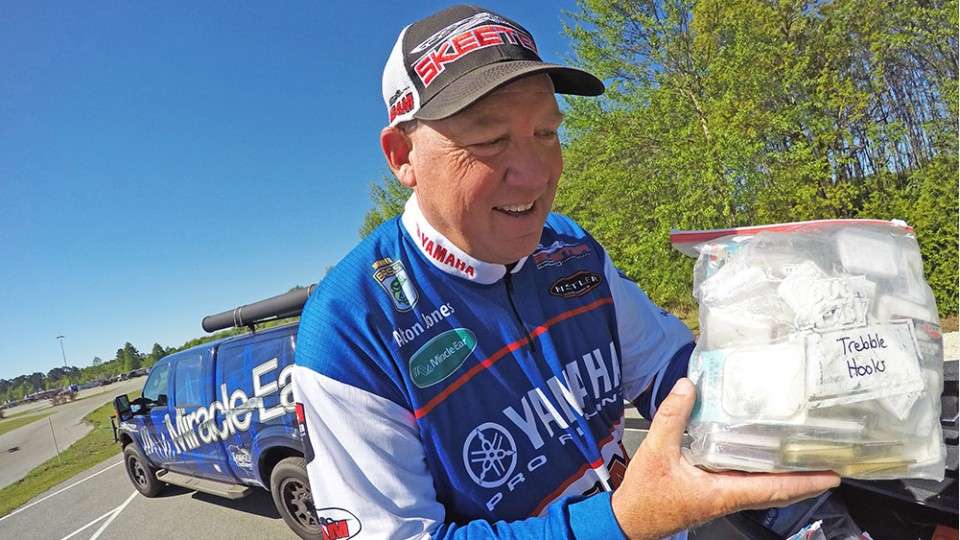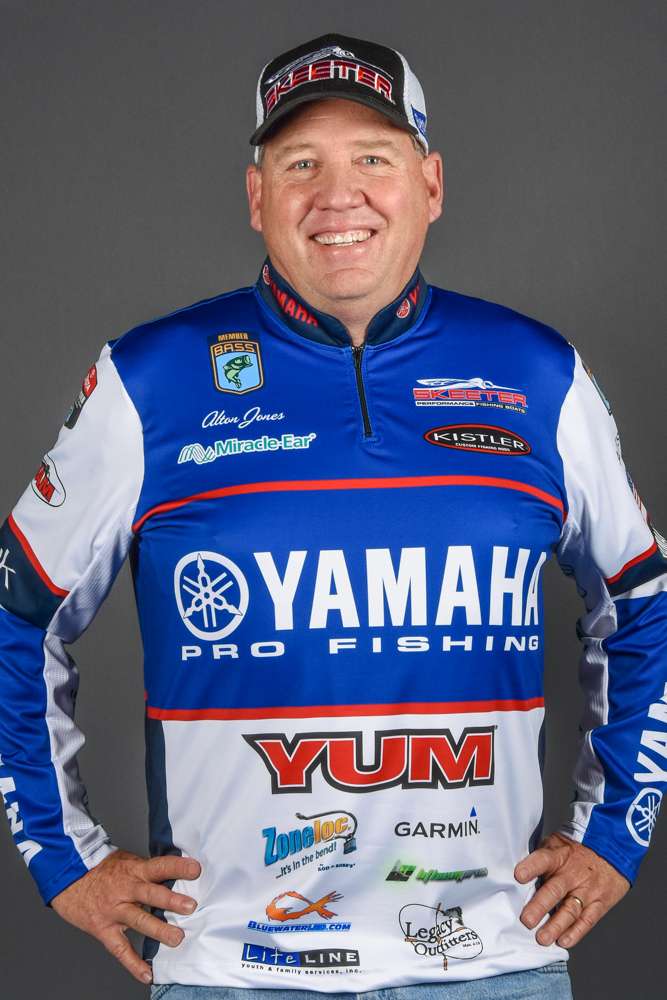
I’m one of those guys that likes to fish during the off season. I know many of my fellow Elite anglers prefer to take a break, but I actually enjoy getting out and fishing through fall and winter.
I do love to hunt, and I’ll tell you about the two golden lab puppies I’m training in another blog. But for now, I’ll say that if I’m given the choice between hunting and fishing, weather permitting, I’m going to choose fishing most of the time.
If it gets too cold to fish, I enjoy bundling up and sitting in a deer blind, but I love fall fishing because any body of water you want to go to will be much less crowded. That’s because there are so many more outdoorsmen spending their time hunting instead of fishing that you can go to places that are traditionally crowded and have them to yourself.
I really enjoy this because fall fish can be a little harder to find, but when you find them, you can find a lot. This time of year, you can expect to have some of your worst days, but also some of the best days if you learn what to look for.
I’ve found that one of the best things to do in the fall is to target major creeks with well-defined channels and a mix of rock and wood. There are always fish that live in these areas, but the fall finds main lake fish moving into these creeks in pursuit of migrating shad.
Weather and water temperature can influence this movement, but so much of it depends on the schedule built into the fish’s DNA. By mid-October and on through December, it’s in full swing. So, in the southern two thirds of the country, from now until Christmas, this is going to be a productive pattern.
For bait selection, as long as the water temperature remains in the mid-60’s or higher, I’m going to have a bone-colored Heddon Super Spook Junior. Smaller than the traditional three-hook model, this two-hook topwater bait still has a great walk-the-dog action to it. Back in these creeks, it works great for bass that are feeding on shad on the banks.
I’ll balance this walking bait with a Zell Pop, a little more subtle topwater bait with its own look. I don’t have any scientific reason as to why one works better than the other; I usually just have to try both when I get to the lake and adjust as needed if the fish show any preference.
Sometimes, it has something to do with bait size; other times, it may be about speed. If they want something faster, then that Spook Jr. is the bait to throw. If they want something slow that they can just sneak up behind and slurp down, then it’s that popper.
You have to let the fish tell you what they want. Whatever the case, I want to be ready to offer the fish the right look. Usually, if I’m missing fish or if I’m seeing blow ups and they’re just not getting hooked up, I’ll change to the other bait and that will fix the problem.
Eventually, the water will cool off to the point where a topwater will no longer be effective. That’s when I’ll go to a Bandit 100 squarebill crankbait. I like that bait when the water’s a little dirty — not washed-out mud, but water with about 6 inches of visibility.
I’ll use shad colors this time of year, but the key is presentation — you want to parallel the bank. The fish like to get right against the shoreline to corral baitfish, so keeping that squarebill tight to the edge ensures maximum exposure.
I’ll still keep a topwater handy for the occasional schooling activity that may occur. But most of the time, the fish in these creeks are relating to shad and bream and they’re very cover-oriented and bank-oriented.
One thing I’d point out is that there’s no such thing as “too far back” in the creek. If you can still get your boat back there, you have a good chance of finding some bass in secluded areas.
To clarify, you probably don’t want to push a fiberglass bass boat so far that you risk getting stuck. However, there are times when you hit a shallow spot in the creek and you can look farther back and seen another deep hole with plenty of fishable water.
If you can push your boat over that shallow spot with a push pole or with your big engine dredging up mud, it’s worth it going to the farthest deep hole you can reach.
One last fall bait I’ll mention is a Booyah spinnerbait. I’ll go small with a 1/4- to 3/8-ounce bait with small willow leaf blades because a lot of times you’ll find that there are a lot of tiny shad that hatched in the spring and are now just an inch or so long.
I like to slow roll a spinnerbait around laydowns, and I’ll even fish it so tight that I have to use a pitching presentation. I want my bait to run right along that wood — even bumping it a few times.
The reason I like a small spinnerbait here is because I can keep it up in the water column — an important point because fish reposition throughout the course of the day and when they rise to sun themselves during the warmest period, you want a bait that stays in their strike zone.
If you pitch a jig in there, you’re fishing below the suspended fish, but a slow-rolled spinnerbait remains where they can see it. Remember, those fall fish can be tough to find so you don’t want to miss any opportunities.

